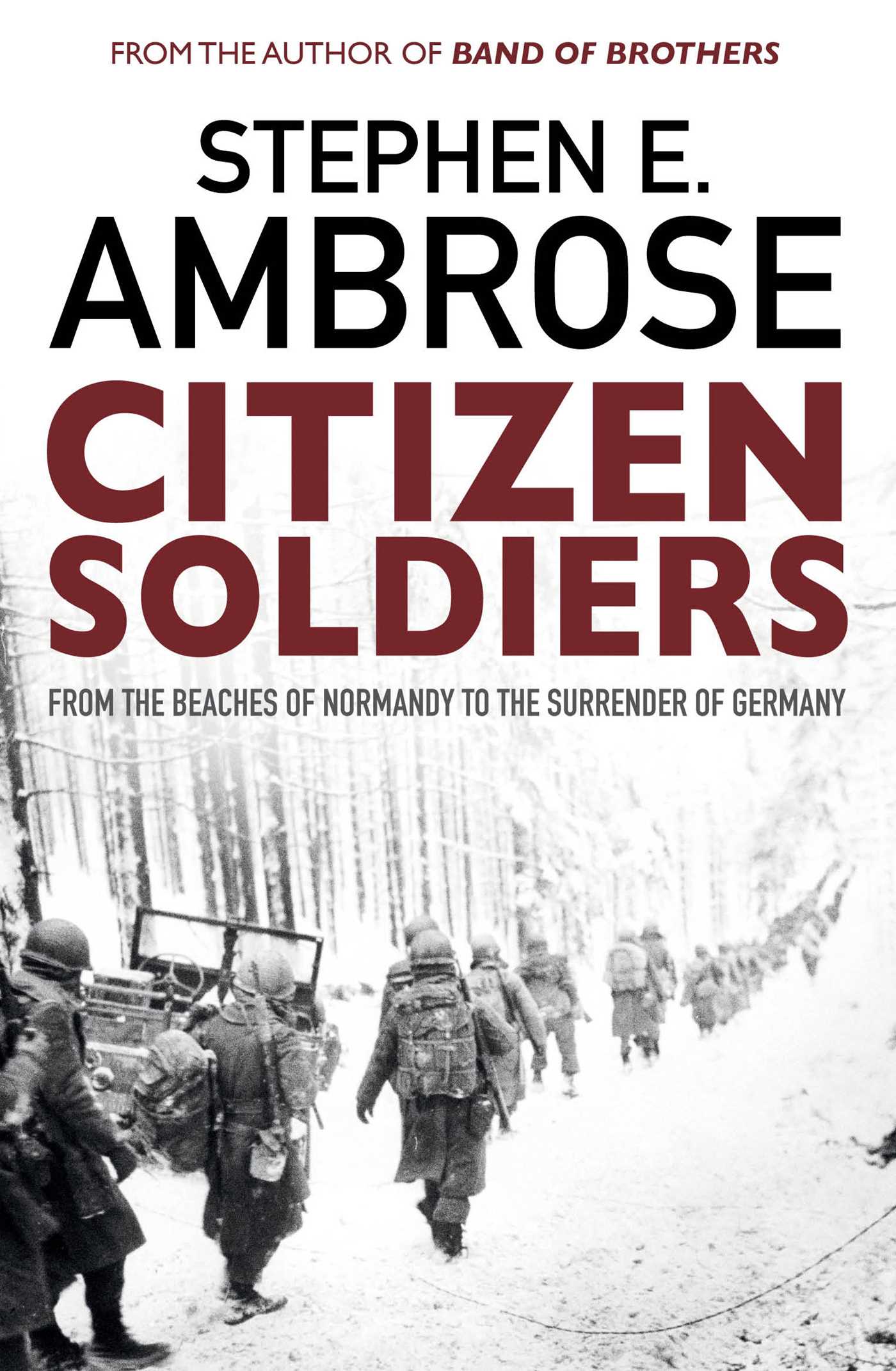Major Battle of the Vietnam War
ere is a review I wrote for the book "The Battle of An Loc" by James Wilbanks for the Military History Book Club. A must have book for anyone with an interest in Viet-Nam. This is a very good read. The Battle of An Loc was a major battle of the Vietnam War that lasted from April 13 to July 20, 1972. It culminated in a decisive victory for South Vietnam’s Army of the Republic of Vietnam (ARVN). The struggle for An Loc was one of the most important battles of the war. It saw the introduction of conventional warfare and tanks by the North Vietnamese Army (NVA). The ARVN forces halted the NVA advance towards Saigon. It delayed the war's end by three years.
First-Hand Account
The author, James Wilbanks, was present and wounded at An Loc. This is not only his account, but gives insights from the North Vietnamese and US advisor's after action reports plus other communist documents. The role of the unending US air support, the bravery of the US aircrews, and the orchestration by the Forward Air Controllers to the battle’s victory for the ARVN and US advisors are covered in warranted great detail.
The inability of the NVA to have armor and infantry work together in more conventional warfare is clearly brought to light and documented. Wilbanks gives insights into Richard Nixon’s Vietnamization’s perceived success by the politicians and its ultimate failures. This is a must have read and must have addition to the library for anyone with interest in the war in Viet-Nam.






